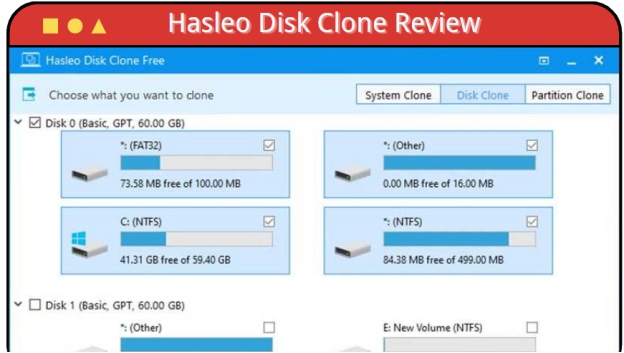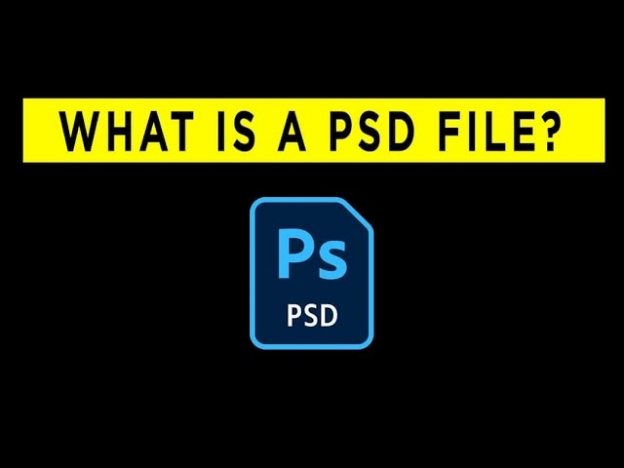All about What Is 2k Resolution
Lost your precious 2K videos? Don’t worry!4DDiG Data Recoverycan help you recover lost 2K videos easily and efficiently. Learn how to recover your lost files with simple steps and powerful features.
2K resolution, with its approximately 2,000 horizontal pixels, has become a common standard for high-quality digital content. This resolution provides a significant boost in image quality compared to standard 1080p HD, delivering more detail, clarity, and an immersive viewing experience. In this guide, we'll explore [ what is 2k resolution and the key characteristics of 2K resolution, how it compares to other formats, and provide practical solutions for working with 2K video files. And if you ever accidentally delete your precious HD videos, we've got you covered there too.
- Part 1: What Is 2K Resolution?
- Part 2: How to Recover Accidentally Deleted HD videos?
- Part 3: 2K Resolution vs 1080p vs 4K Resolution
- Part 4: How to Choose the Right Resolution?
- Part 5: Frequently Asked Questions
- Final Thoughts
Part 1: What Is 2K Resolution?
2K resolution is a digital video and photography standard that refers to a horizontal resolution of around 2,000 pixels. The most common 2K resolution is 2560 x 1440 , which is also known as Quad High Definition (QHD) or 1440p. This resolution provides a significant increase in image quality and detail compared to standard 1080p Full HD.
2K resolution offers several advantages, including:
- Enhanced Visual Clarity: 2K resolution provides a noticeable improvement in image quality, especially when viewing content on larger displays.
- Immersive Gaming Experience: Gamers benefit from smoother gameplay, reduced pixelation, and a more immersive experience.
- Professional Content Creation: Content creators, such as photographers and videographers, can leverage 2K resolution to produce high-quality work.
- Future-Proofing: As technology continues to advance, 2K resolution ensures that your devices remain capable of handling future demands.
By understanding the nuances of 2K resolution, you can make informed decisions when purchasing devices and content. Whether you're a casual user or a tech enthusiast, 2K resolution offers a compelling visual experience.
Part 2: How to Recover Accidentally Deleted HD videos?
If you've accidentally deleted precious high-definition videos from your computer, don't worry; 4DDiG Windows Data Recovery is here to help. As a powerful and versatile data recovery tool, 4DDiG is designed to retrieve lost or deleted files, including HD videos, from a wide range of storage devices.
Unlike other recovery solutions that may struggle with permanently deleted files , 4DDiG's advanced algorithms can scan deep within your system to uncover even the most exclusive video files.
What sets 4DDiG apart is its exceptional recovery rate, with a success rate of up to 98% in many data loss scenarios. Whether you've accidentally emptied the recycle bin, formatted hard drive , or suffered a system crash, 4DDiG can help you recover your irreplaceable HD videos.
Secure Download
Secure Download
-
Select a Location
Download and install 4DDiG on your computer. Launch the program and select the storage location where your deleted videos were stored.
-
Scan for Lost Data
Initiate a deep scan of the selected drive. 4DDiG's advanced algorithms will thoroughly search for any recoverable video files, even those that were permanently deleted.
-
Preview and Recover
Preview the recovered video files, then select the ones you want to restore. Choose a safe location to save the recovered videos, away from the original drive to prevent overwriting.

People Also Read:
Part 3: 2K Resolution vs 1080p vs 4K Resolution
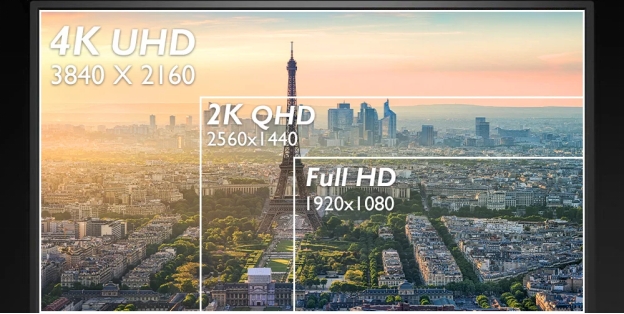
When comparing 2K, 1080p, and 4K resolutions, the primary difference lies in the number of pixels and image clarity. A higher pixel count results in a sharper, more detailed image. Let’s break down each resolution:
- 1080p (Full HD): This is the most common resolution for standard HDTVs, computer monitors, and mobile screens. It features 1,920 pixels horizontally and 1,080 pixels vertically. With a total of around 2.1 million pixels, it's great for everyday viewing but lacks the crispness seen in higher resolutions.
- 2K Resolution: Often used in digital cinema, 2K has a resolution of 2,048 x 1,080 pixels. This is slightly wider than 1080p, giving it a 19:10 aspect ratio instead of 16:9. It’s primarily used in theaters but rarely in consumer products, making it more of a niche option.
- 4K Resolution (Ultra HD): 4K is a significant leap, with a resolution of 3,840 x 2,160 pixels, which is four times the pixel count of 1080p. The result is sharper images, especially on larger screens, where more pixels reduce visible distortion. 4K is ideal for large TVs, gaming monitors, and projectors, offering superior image detail and clarity.
In simple terms, 4K offers the best picture quality, followed by 2K and 1080p. The jump in pixel count from 1080p to 4K results in much sharper visuals, especially noticeable on larger displays.
Here’s a quick comparison of the three resolutions:
- Resolution
- Pixel Count
- Aspect Ratio
- Common Applications
- 1080p (Full HD)
- 1920 x 1080
- 16:9
- Standard TV, computer monitors, smartphones
- 2K (QHD)
- 2560 x 1440
- 16:9
- Gaming monitors, high-end smartphones
- 4K (UHD)
- 3840 x 2160
- 16:9
- High-end TVs, premium smartphones, professional displays
Part 4: How to Choose the Right Resolution?
The best resolution for you depends on your specific needs and budget. If you're a casual user, 1080p is a good choice. For gamers and content creators, 2K offers a significant improvement in image quality. For the ultimate viewing experience, 4K is the way to go.
Remember, the higher the resolution, the more detailed and immersive the viewing experience. However, higher resolutions also demand more powerful hardware to drive them effectively.
Part 5: Frequently Asked Questions
Q 1: When Did 2K Resolution Come Out?
Ans: 2K resolution was first introduced in the digital cinema industry in 2005. The Digital Cinema Initiatives (DCI) collaboration established the 2K standard as 2048 x 1080 pixels to serve as the native resolution for digital projectors and displays used in professional movie theaters.
Q 2: What is the resolution of 2560x1440?
Ans: The 2560 x 1440 resolution is often referred to as 2K or Quad HD (QHD). It has a 16:9 aspect ratio and contains approximately 3.7 million pixels, which is four times the number of pixels in a standard 1080p Full HD display.
Q 3: Is 2K the same as 1440p?
Ans: While both 2K and 1440p refer to resolutions that fall within the 2000 pixel range, they are not exactly the same. 2K, as defined by the DCI standard, is 2048 x 1080 pixels, whereas 1440p (also known as QHD) has a resolution of 2560 x 1440 pixels. The latter is a more common consumer-oriented 2K-like resolution.
Final Thoughts
2K resolution delivers superior image quality, making it a valuable standard for content creators and tech enthusiasts. If you ever accidentally delete HD videos, trust 4DDiG Windows Data Recovery to reliably restore your precious files. With its powerful recovery tools and intuitive design, 4DDiG ensures you never have to worry about permanent data loss.
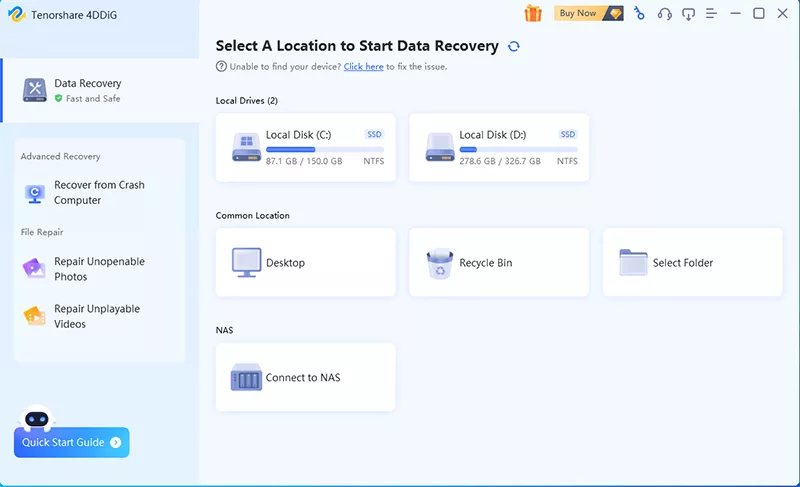
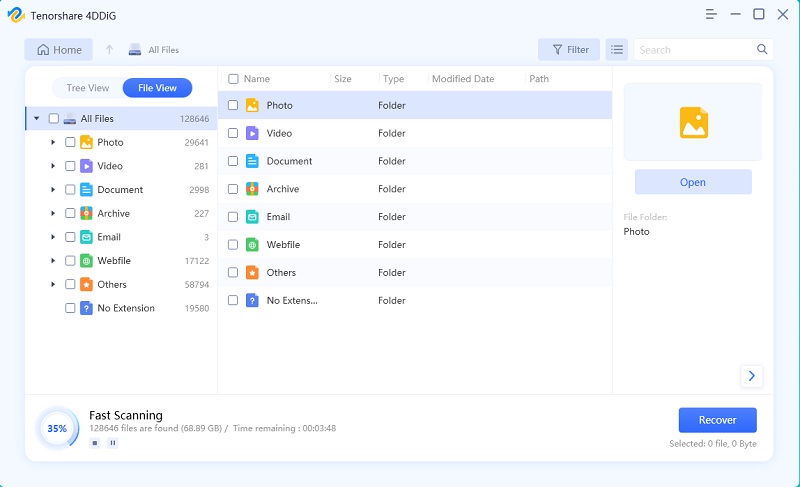


 ChatGPT
ChatGPT
 Perplexity
Perplexity
 Google AI Mode
Google AI Mode
 Grok
Grok

